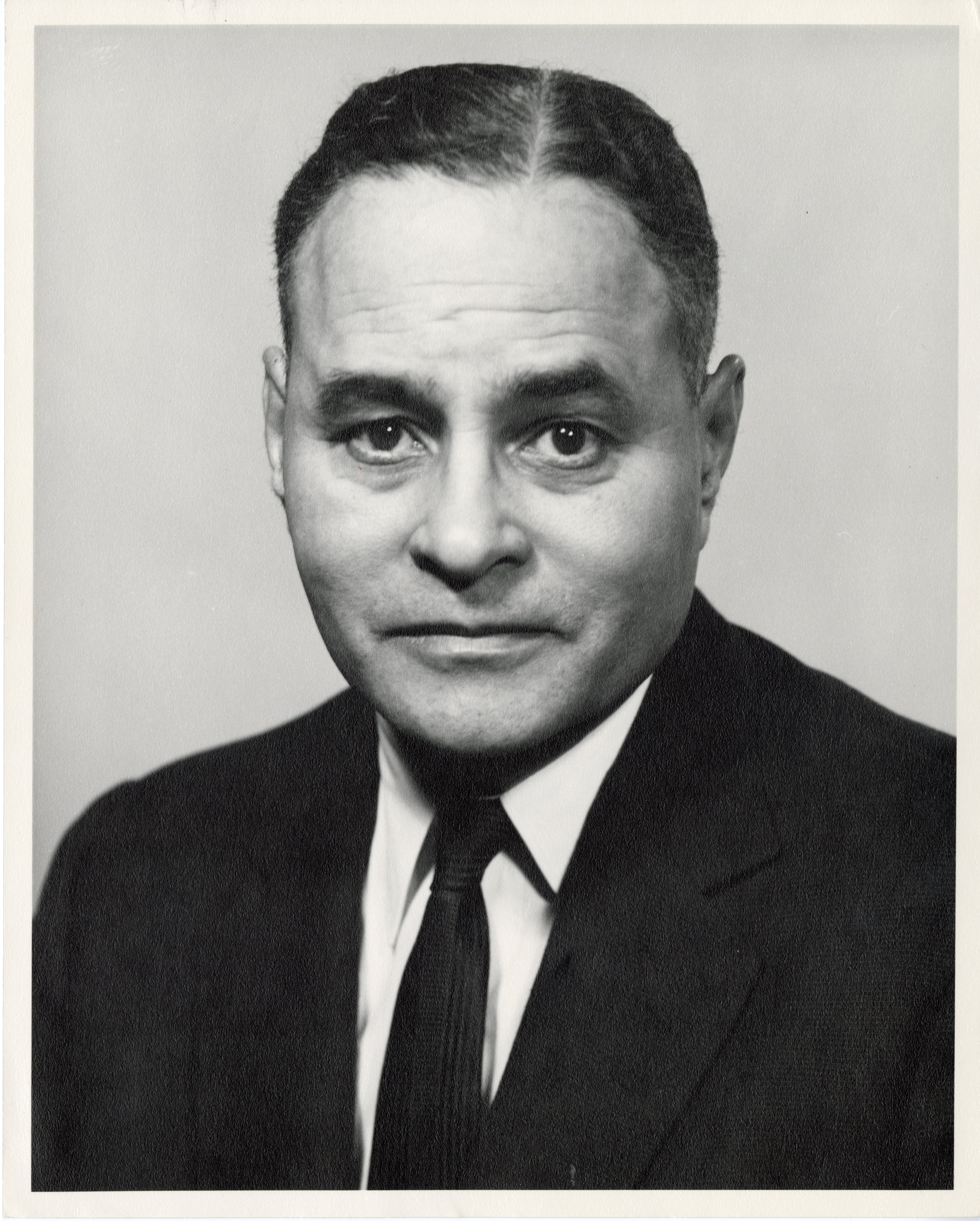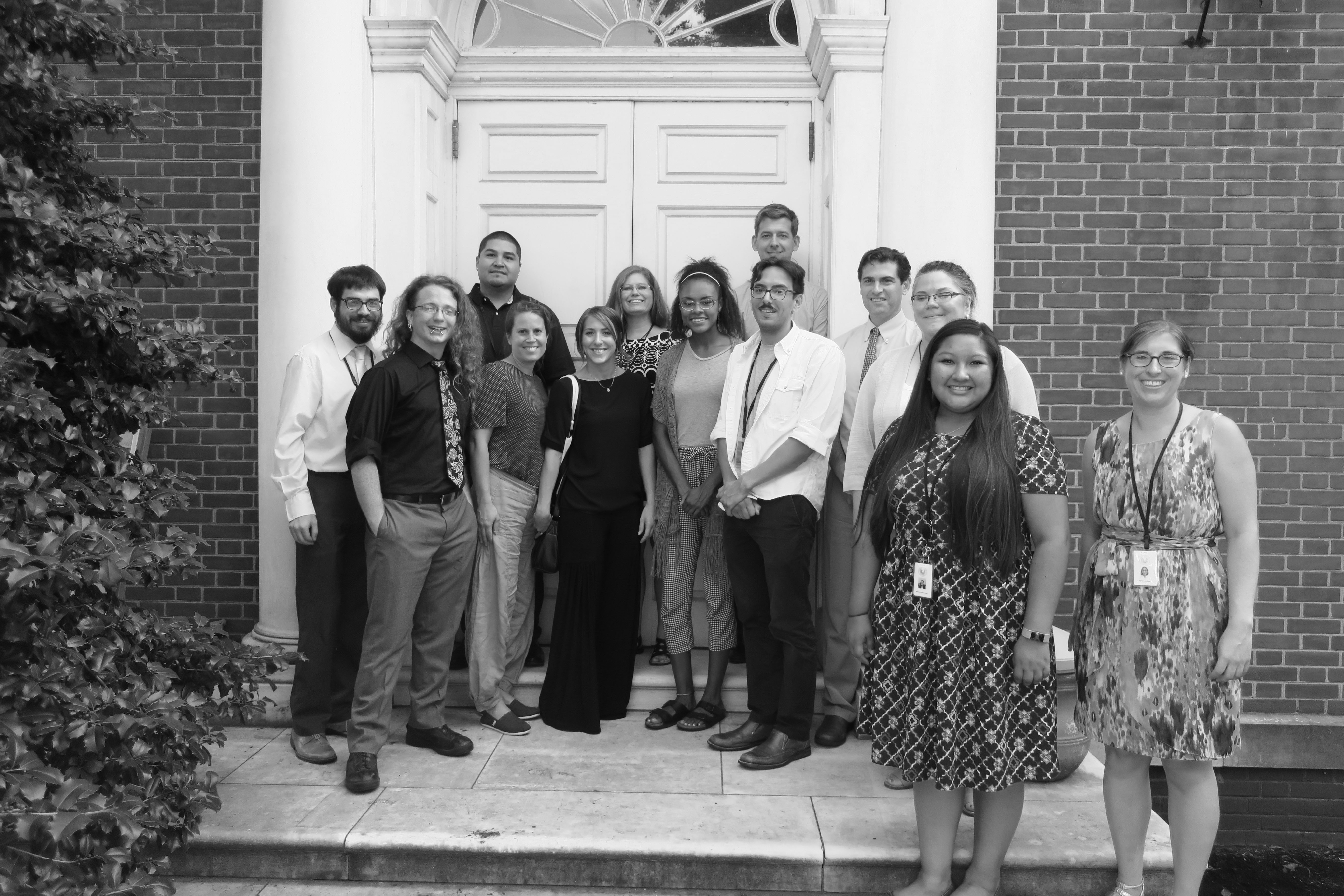The APS and Inequality
This blog post originally appeared in the 2020 Issue of the American Philosophical Society News, which you can find here.
Members and staff at the American Philosophical Society paused to reflect on our past and think about our future as the nation reckoned with racial injustice in the wake of the police killing of George Floyd in Minneapolis.
Born in the midst of a society enmeshed in slavery, the APS’s history is inextricably entwined with race, slavery, and, later, pseudoscientific ideas that supported and perpetuated racist beliefs and practices. Many early APS Members were slaveholders themselves, most notably the Society’s long-serving President, Thomas Jefferson.
Indeed, throughout the early 19th century, the Society published flawed treatises that used race as a way to explain and justify inequalities among people, and it elected Members whose accomplishments rested on claims of scientifically established differences between races. One need look no further than the recently reissued 1843 edition of the Proceedings of the American Philosophical Society to see the ways in which the Society served as a conduit for such ideas. In a volume that otherwise celebrated the 100th anniversary of the Society’s founding, the Society published two papers that APS Executive Officer Robert M. Hauser (APS 2005) described in the foreword as “egregious for their patently racist content.” The authors were two APS Members, Benjamin Coates (APS 1823) and Samuel George Morton (APS 1828). The Society disseminated the Proceedings throughout the country and globe, thus both legitimating and circulating those ideas. The APS Library holds portions of Morton’s papers, some of which argue, falsely, that the study of skulls proves cognitive differences between races.

In other ways also, the Society both reflected and reinforced systemic social inequalities. After electing Russian princess Yekaterina Vorontsova-Dashkova to membership in 1789, the Society failed to elect another woman until 1869, when it elected three: Maria Mitchell, a renowned astronomer, discoverer of Comet 1847 VI, and professor at Vassar College; Elizabeth Cabot Agassiz, a naturalist, writer, and the co-founder and first president of Radcliffe College; and Mary F. Somerville, a mathematician, physicist, and astronomer.

While many pioneering Black scientists and thinkers made contributions that equaled those of APS Members, people such as Benjamin Banneker, George Washington Carver, and W. E. B. Du Bois, to name a few, it took the Society over 200 years to elect American political scientist and Nobel Peace Prize Laureate Ralph Bunche (APS 1950) as its first Black Member.
Still, as with the country itself, there is another side to the story, perhaps best embodied in the Society’s founder, Benjamin Franklin. A slaveholder for a large portion of his adulthood, Franklin became an outspoken abolitionist later in life, notably serving as the founding president of the Pennsylvania Abolition Society, the first such organization of its kind in the United States. Throughout the 19th century, the Society’s membership continued to include antislavery advocates. When the Civil War broke out, the Society expelled Matthew Fontaine Maury and William Lynch because they joined the Confederacy, the only time the Society has ever taken such an action.
And while the Society promulgated ideas based in scientific racism, it also embraced other ideas—ideas that were, in some measure, outside of the mainstream of their day. Indeed, the Society’s history is replete with Members who bucked popular scientific and intellectual trends that emphasized racial and gender determinism. Today the papers of Franz Boas (APS 1903), one of the founders of modern anthropology, are one of the jewels of the Library. Boas rejected eugenic ideas that stressed biological sources of racial and ethnic differences. Such ideas were prominent in his day, and one of their leading advocates was Charles Davenport (APS 1907), whose papers are also housed in the Library. Boas, instead, argued that culture was more important than biology to explain differences between peoples. He even directly refuted the earlier arguments made by APS Member Samuel George Morton, a position chronicled in a 2008 APS publication, Franz Boas and W. E. B. Du Bois at Atlanta University, 1906. The Society today has embraced the ideals of inclusion, diversity, equity, and access in much of what it does and, more importantly, what it endeavors to do in the future.
The APS membership is striving to achieve a balance of gender, race, ethnicity, and geographical location among its goals. Of current Resident Members, 246 (29 percent) are women, 44 are Black (5 percent), 33 are Asian (4 percent), and 2 are Native American. Of 28 Resident Members elected in April 2020, 6 are Black, 3 are Asian, and 13 are women. The Society’s Officers and Council also reflect this aspiration. Currently, the President of the Society is Linda Greenhouse (APS 2001), the first woman elected to that position. The Officers of the Society include three Vice Presidents who are either a woman or person of color. The Council includes two other Black Members and 13 women Members. Diversity is an important aspect of committees that influence and determine the future of the Society. The Chair and another member of the six-person Committee on Nomination of Officers are Black and three members are women. Women are in leadership positions as Chairs of each of the five Class Committees on Membership.
APS Meetings, one of the central activities of the Society, have addressed issues of race, economic inequality, and social justice. Among these was a 2015 panel that examined Reconstruction’s failure to address the damage wrought by slavery and racism and how those “injuries of the past carry into the future”; a November 2016 talk on “How to Achieve Gender Equality in Pay”; and a November 2017 talk that asked “What Is Wrong with American Schools?” and answered that the racial and ethnic achievement gap largely explains why American schools rank behind many of their peer countries around the globe. The Committee on Meetings plans to feature related presentations in the future.
The Research and Grants Department has long supported efforts to advance knowledge about marginalized groups and support the careers of scholars from groups historically underrepresented in the academy. For almost 100 years, the Society has supported research on Native American culture and history through its Phillips Fund program. The Franklin Research Grant program also has provided support to many scholars exploring the history of race, slavery, and inequality. In 2005, the Society created the John Hope Franklin Dissertation Fellowship to support graduate students from historically underrepresented groups. Aware that the Society should be more mindful about diversity, this year the APS added an option for applicants to report their race and ethnicity. While we cannot yet say how the Society has done with respect to race and ethnicity, we do know that, recently, more women than men received grants.
Recognizing the Society’s long history of supporting scholarship on Native American history and culture, in 2015, the APS Publications Department entered into a partnership with the University of Nebraska Press to create a series entitled “New Visions in Native American and Indigenous Studies.” The series is co-edited by Robert Miller (APS 2014), a citizen of the Eastern Shawnee Tribe of Oklahoma, and it hopes to increase awareness of Native American issues through scholarship, ideally work done by Native scholars or in collaboration with Indigenous communities.

The Library has invested enormous resources in recent years to make its material more accessible to communities that have historically not been served by the APS Library. The Digital Library now receives over 1,500 users a month, far more than the Library could ever welcome in person, and several of its recent digital projects highlight collections that tell the story of marginalized individuals and communities.
Most notably, under the leadership of Martin Levitt (APS 2010), the Library launched an initiative to return digital surrogates of its Native American linguistic and ethnographic data to Native American communities. To aid the Library in its appropriate use of such material, the Library established an advisory board composed of scholars, APS Members, Indigenous community leaders, and archivists in 2006. The culmination of their work came in 2014, when the Library established Protocols for the Treatment of Indigenous Materials. The Protocols have served as a model for other institutions because they stress the centrality of community collaboration and consultation in the stewardship of such material. In 2019, the Society endowed the Center for Native American and Indigenous Research, an outgrowth of the project. Thanks to a recent grant from The Andrew W. Mellon Foundation, the Library today supports the Native American Scholars Initiative, which aims to help diversify higher education by launching new fellowships and initiating seminars and conferences that will serve nontraditional scholars and researchers.
The Museum, the Society’s most public-facing program, has used the Society’s collections to explore these issues in several recent exhibitions. Most notably, in 2016, it mounted Gathering Voices: Thomas Jefferson and Native America, an exhibition that highlighted the effects of colonization on Indigenous communities and their cultural resilience in the face of such pressure. Other recent exhibitions have featured sections on the history of colonization, Native American history and rights, gender discrimination, and racism. The Museum’s Education program has also made a concentrated effort to develop curricula and activities that confront these issues.
There is surely more to do, and certainly more to do in a concerted and conscientious way. In July, Executive Officer Robert M. Hauser asked each APS department to consider ways in which it can more directly confront issues of inequality. Racial inequality is central to this charge, but the aim is also to find other ways to increase inclusion, diversity, equity, and access. The goal is to use the Society’s resources to promote equality—and, in turn, enliven and strengthen the Society’s original mission of promoting useful knowledge.
